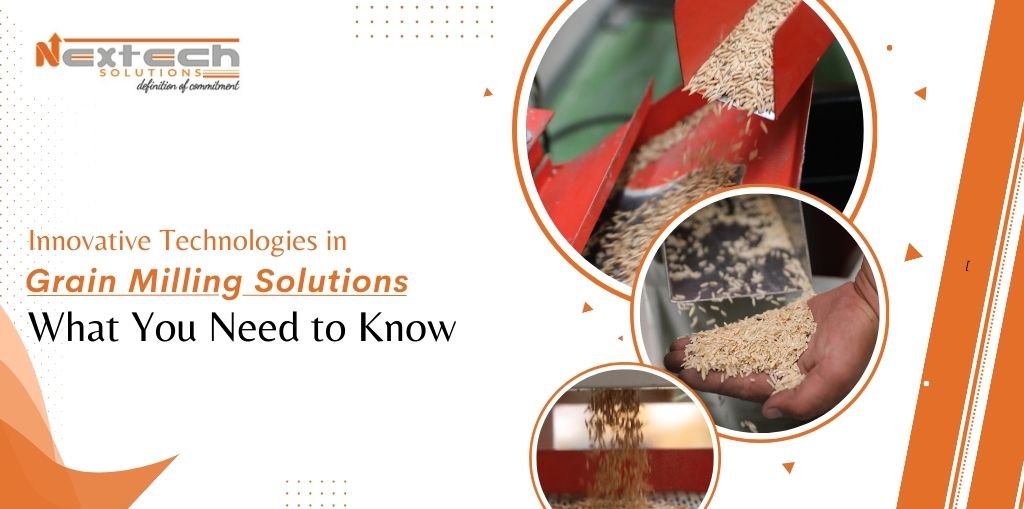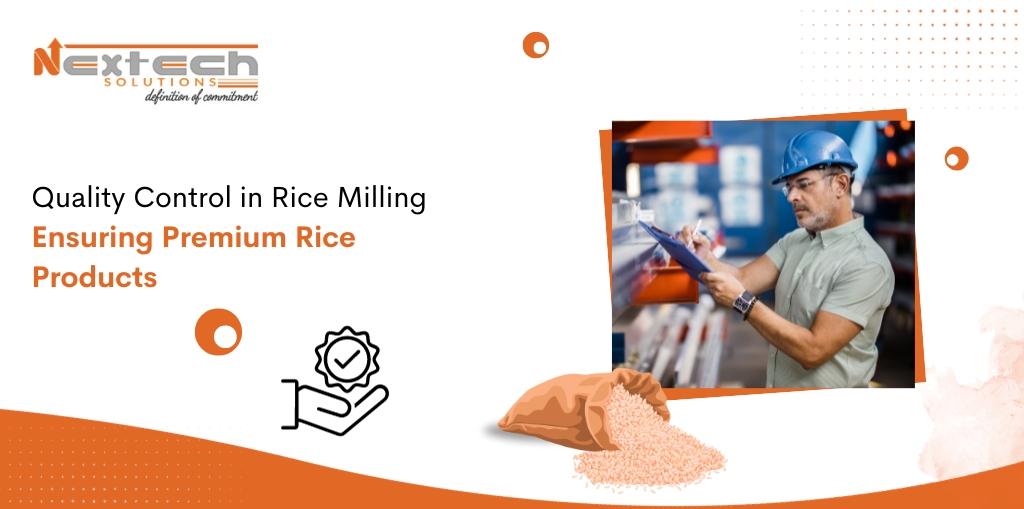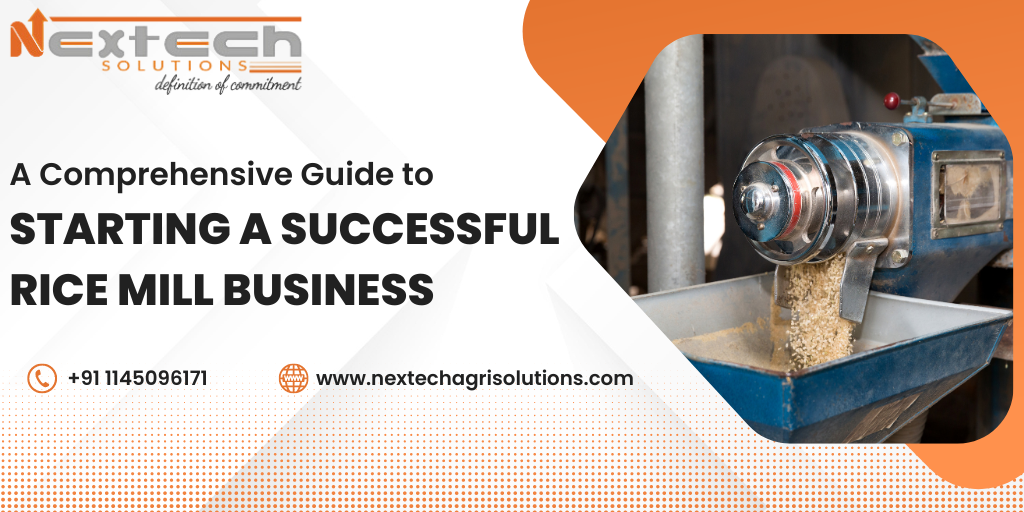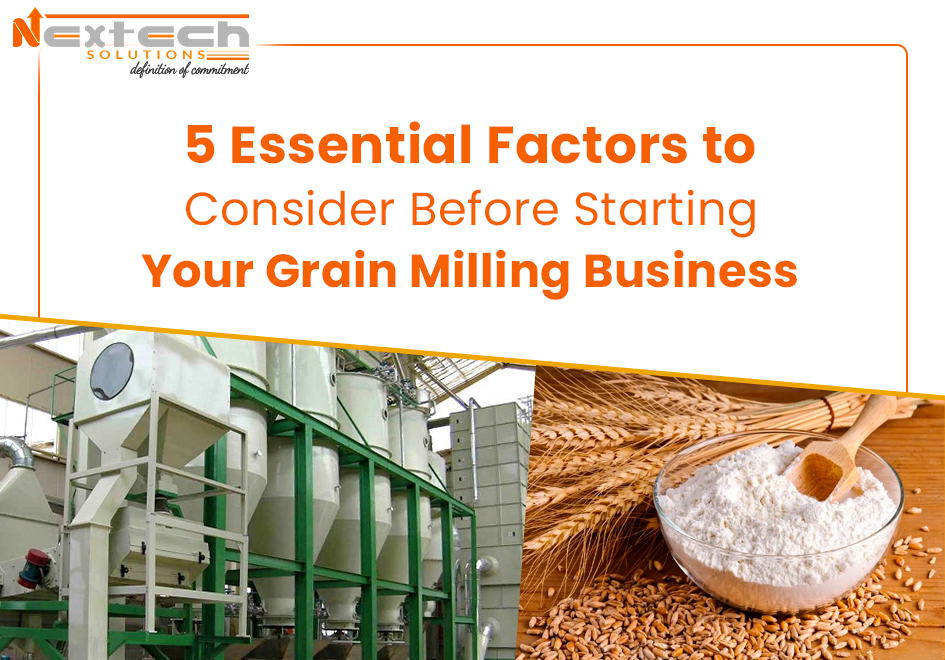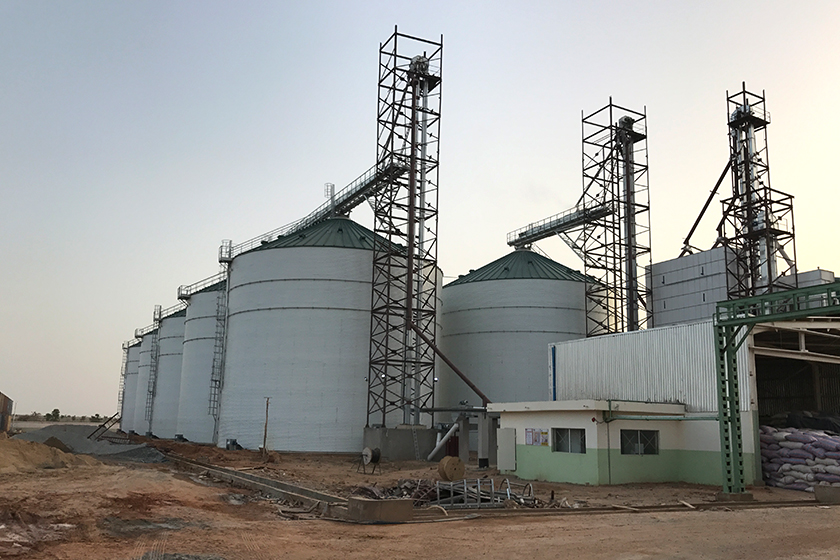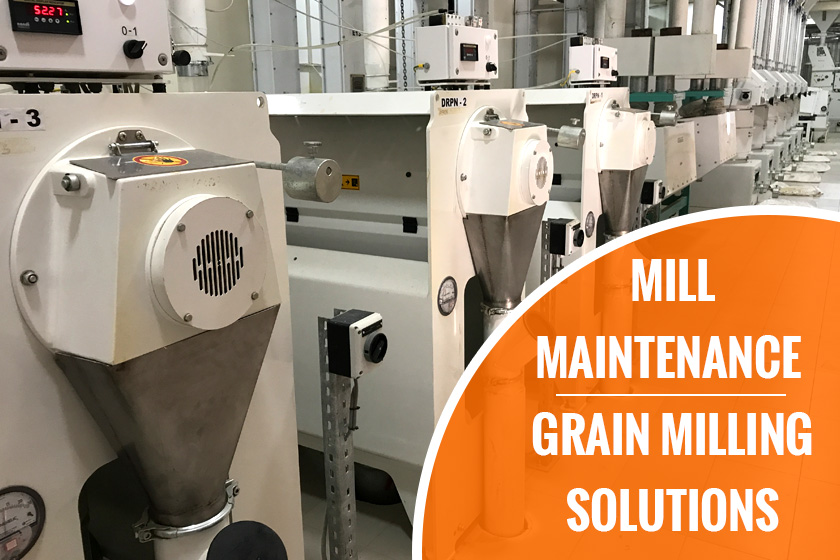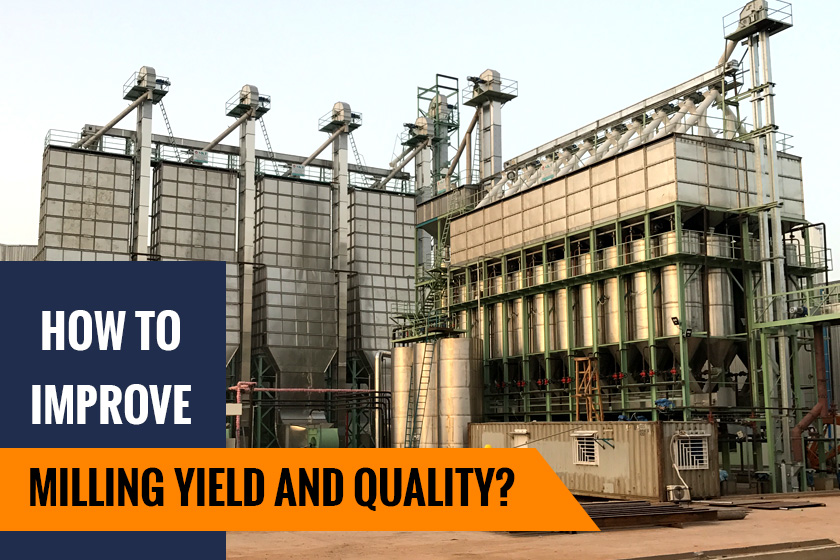Introduction to Grain Milling Solutions with Innovative Technologies
Welcome to the world of Grain Milling Solutions where innovation meets tradition to revolutionize the way we process grains. From ancient stone mills to cutting-edge technologies, the grain milling industry has come a long way in enhancing efficiency and quality. Join us on a journey through the latest trends and advancements shaping the future of grain milling!
Traditional vs. Innovative Technologies in Grain Milling
When it comes to grain milling, the choice between traditional and innovative technologies can significantly impact efficiency and product quality.
Traditional methods have been relied upon for generations, with processes like stone grinding offering a time-tested approach. However, these methods often lack precision and consistency.
On the other hand, innovative technologies in grain milling bring a wave of automation and control systems that optimize every step of the process. From advanced sorting techniques to real-time monitoring capabilities, these innovations streamline operations and improve end-product quality.
By embracing new technologies in Grain Milling Solutions, businesses can enhance their competitive edge by increasing productivity while maintaining high standards of food safety and quality.
It’s essential for industry players to stay informed about the latest advancements to make informed decisions on how best to modernize their operations for long-term success.
Benefits of Innovative Technologies in Grain Milling
In the realm of grain milling, innovative technologies bring a host of benefits that revolutionize the industry. These cutting-edge solutions enhance efficiency by streamlining processes and reducing manual labor. With automation and digitalization, precision in grain milling is achieved with minimal margin for error.
Innovative technologies also contribute to improved product quality by ensuring consistency in texture and taste. By optimizing grinding techniques and monitoring parameters in real-time, manufacturers can produce high-quality flour that meets consumer expectations.
Moreover, these advanced technologies promote sustainability
by minimizing waste through accurate measuring systems and optimized resource utilization. Energy-efficient practices play a significant role in reducing environmental impact while maintaining productivity levels.
Embracing innovative technologies in grain milling not only enhances operational performance but also drives competitiveness in the market. The benefits extend beyond just efficiency gains to encompass improved product quality and sustainable practices for a brighter future in the industry.
Top Innovative Technologies in Grain Milling Solutions
Grain milling solutions have seen a significant transformation with the introduction of innovative technologies. One such technology making waves in the industry is AI-powered grain sorting systems. These advanced systems can efficiently separate impurities from grains, ensuring higher quality end products.
Another cutting-edge technology is remote monitoring and control systems. By enabling operators to oversee milling processes from anywhere, these systems enhance efficiency and productivity while reducing downtime significantly.
Furthermore, precision milling equipment equipped with IoT sensors allows for real-time data collection and analysis. This ensures optimal performance and maintenance scheduling, ultimately leading to cost savings for mill operators.
Additionally, advances in automation through robotics have revolutionized the grain milling process by streamlining operations and improving consistency in flour quality.
The integration of these top innovative technologies is reshaping the landscape of grain milling solutions, paving the way for more sustainable and efficient practices in the industry.
Challenges and Limitations of Implementing Innovative Technologies in Grain Milling
When it comes to implementing innovative technologies in grain milling, challenges and limitations are inevitable. One of the main hurdles is the initial investment required for adopting these advanced solutions. Many businesses may find it daunting to allocate resources for new technology without a guaranteed return on investment.
Moreover, integrating complex machinery or software into existing infrastructure can pose compatibility issues. Training staff to operate and maintain these high-tech systems also presents a challenge, as employees need time to adapt to new processes and tools.
Additionally, regulatory compliance and food safety standards play a crucial role in shaping the implementation of innovative technologies in grain milling. Companies must ensure that any new equipment or methods meet industry regulations to avoid legal repercussions.
Despite these obstacles, overcoming challenges in adopting innovative grain milling technologies can lead to improved efficiency, product quality, and overall competitiveness in the market.
The Future of Grain Milling Solutions: Trends and Predictions
As we look towards the future of grain milling solutions, it’s clear that technology will continue to play a pivotal role in transforming the industry. One key trend on the horizon is automation, with more mills adopting advanced systems to streamline operations and increase efficiency.
Another exciting development is the rise of data analytics and machine learning in grain milling processes. By harnessing the power of data, millers can make more informed decisions and optimize their production methods for better quality output.
Sustainability is also a growing concern in the industry, leading to innovations in eco-friendly packaging materials and energy-efficient milling techniques. With consumers becoming increasingly conscious of environmental impact, sustainable practices will be essential for success.
Looking ahead, we can expect further integration of IoT devices and smart sensors into grain milling equipment, enabling real-time monitoring and predictive maintenance. These advancements promise to revolutionize how mills operate and ensure consistent product quality in an ever-evolving market landscape.
Conclusion
Innovative technologies in grain milling solutions are revolutionizing the industry, offering increased efficiency, quality, and sustainability. While traditional methods have their place, embracing innovation can lead to significant benefits for businesses and consumers alike.
From precision grinding techniques to advanced automation systems, the top innovative technologies in grain milling are enhancing productivity and product consistency while reducing waste. These solutions not only streamline operations but also improve final product quality, meeting the demands of a competitive market.
Despite the challenges and limitations faced when implementing new technologies in grain milling processes – such as initial investment costs and training requirements – the future looks bright. Trends indicate a continued focus on sustainability, digitalization, and consumer preferences shaping the industry’s direction.
As technology continues to evolve at a rapid pace, staying informed about the latest advancements in grain milling solutions will be crucial for businesses looking to stay ahead of the curve. By embracing innovation and adapting to changing market dynamics, companies can position themselves for long-term success in this dynamic sector.
 MAIL US :
MAIL US :
 CALL US :
>
CALL US :
>
